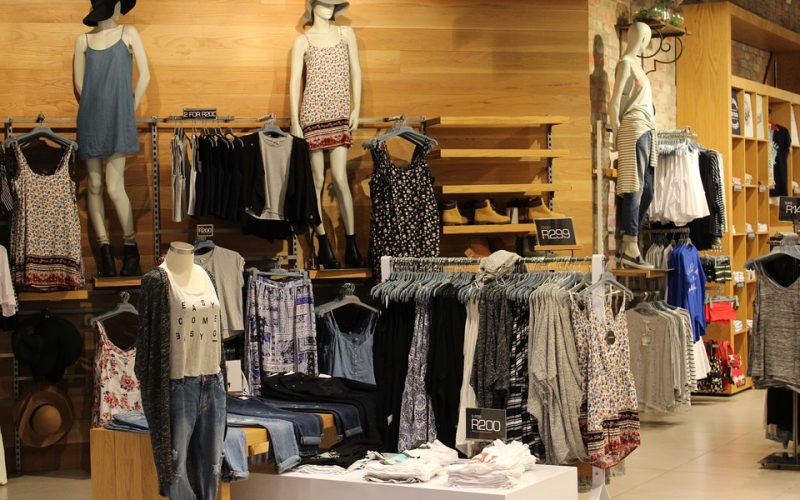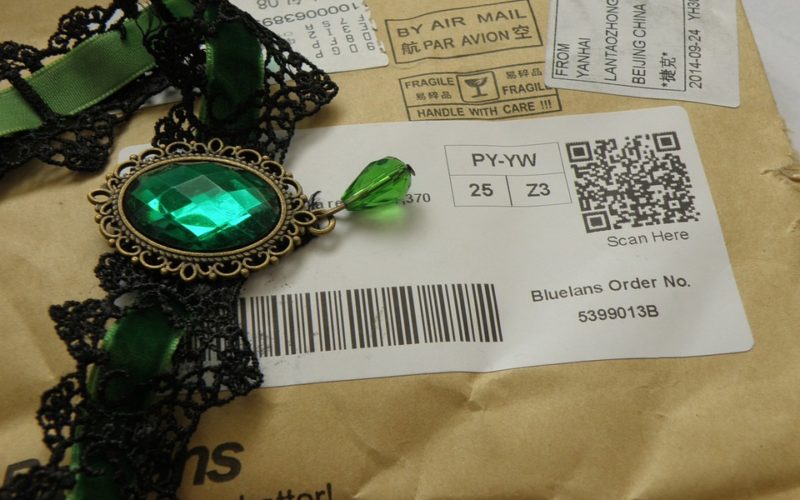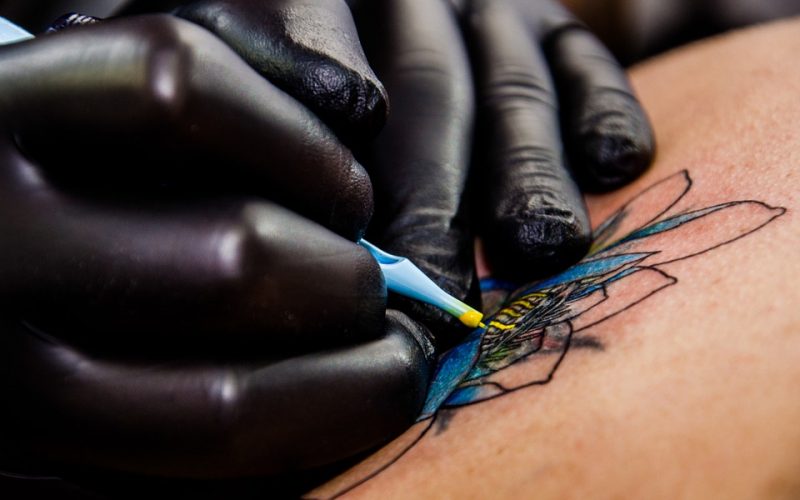What Makes Wearable Art Possible?
Fashion design changed over the years, and clothing manufacturers have learned that people want to wear beautiful items that look like pieces of art. Color, pattern, cut and material are all part of the design decisions that go into the manufacture of these pieces, and competition is fierce. Modern designers study for years before they graduate, and many of them must work their way up the design chain before they are allowed to create an outfit that will be approved for sale.
The material used in an article of clothing must fit several criteria, and some of it has to do with the final use of the item. Materials used to make sporting clothes will be more rugged than materials for evening wear, and summer clothes require lighter material than those for winter wear. The designer must also understand the properties of the cloth for accepting dyes as well as ease of sewing. All of these are part of what makes wearable art possible, and designers study hard to learn the different properties of the materials they will be using.
Color in a pattern is another choice designers must make, and it figures hugely into design decisions. People who are going out for a day or evening of entertainment will be more likely to enjoy bright colors in a bold design, but workday attire has different needs. A subtle design may be used, and colors that would normally be bright might be dimmed to look more professional.
Different uses for the end product determine the way a piece is cut, and this is another area where designers focus their attention. A dress with a muted pattern will not be good for working in an office if it is off the shoulder. That same dress, worn by a high-end restaurant hostess in the evening, will be perfect. Decisions in design are heavily thought out for all these reasons, and that is why clothes have become pieces of wearable art.





